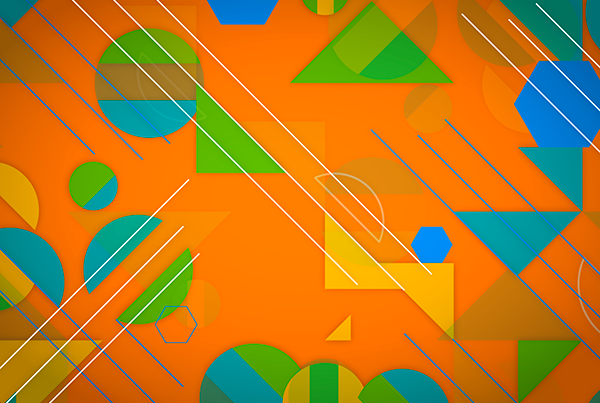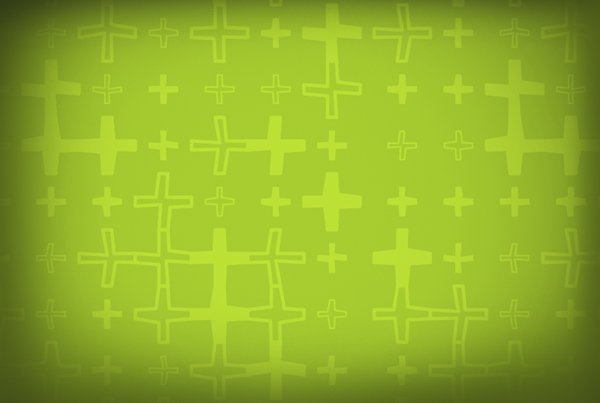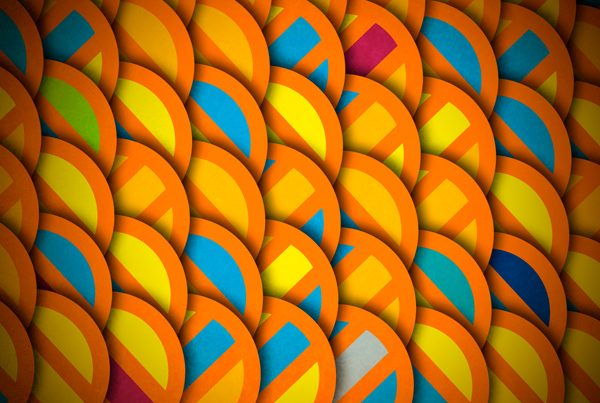The above pattern draws inspiration from Joshua Davis’s 2012 ‘The Social Grid’ project.
In the beginning there was the word and the word was…
OOLEEE
Ok so not really a word, more of an acronym but certainly less of a mouthful than saying Object Orientated Learning; Elicitation, Evocation and Emotioning.
But what is OOLEEE?
OOLEEE is a concept, a theory and a methodology.
Its also a way of ‘engaging’ that focuses on improving individual and collaborative performance.
To understand what OOLEEE really is, we need to share its origin. We need to tell you its creation story.
Like most organisations, deadcatdreaming’s sense of purpose has grown and changed. Our progress has been a winding one, crossing disciplines and boundaries. A learning journey. A path along which it has become clear to us that the services we now focus on, the approaches we have developed, do not function as well as they do by chance. There is something else at play. They are part of something far greater than we had at first perceived.
Through working alongside side a pantheon of experts, our own research and the real life application of repeating and refining what we do, we began to appreciate that a wider set of systems underpin our achievements.
However, things really began to take shape after a chance meeting with Dr. Peter Bond. Peter, a business and knowledge management expert with a keen passion for enterprise and innovation, instantly recognised overlap between his own work and what deadcatdreaming do.
Ever the eclectic, Peter’s interest in innovation has seen him invest in the long view and a doctorate in archeology. His studies of technology and cultural evolution have led him to develop a macro model of improvement spanning from where we are now, back to the very essence of our existence and the biology of cognition. Yet even as an accomplished academic what motivates him most, is how a better understanding of human and cultural development can be applied pragmatically to achieve individual and organisational progress – now.
And it’s out of this combined interest, in how effective relations and collaborations hinge on the power of shared meanings, that OOLEEE was born. A hybrid of theoretical underpinnings and tacit hand’s on experience.
Science & Art
Give me an ‘O’
As the first ‘O’ in the acronym suggests ‘objects’ are important. Objects hold the potential to ‘orientate’ or direct ‘learning’, that is to say improvement or progress. From the ancient hand axe to the mobile phone, the objects we have fashioned, have in turn fashioned us, steering our behaviours and orientating our development. But objects are more than the made or things that sit comfortably in a hand. They are not limited to the tools we wield.
OOLEEE uses the term object to describe anything that can be shared and experienced by more than one person. In this way, objects can be natural as well as man-made. Objects can be tangible, such as the things that currently surround you, including the building or landscape that you find yourself in. Objects can even be intangible, such as music or a distinctive smell in the air to ideas expressed across a table. What’s important in the OOLEEE context is the meanings that we individually and collectively associate with the objects we encounter and the impact that these then have, either consciously or sub-consciously, on our actions.
So what do objects do?
The orientate us; they…
…precipitate and anchor relationships
…help to maintain and coordinate social relations and thereby maintain social structures
…remind us
…help distinguish one culture from another, one enterprise/organisation from another
…give identity to their creators and users
…emerge from the creative endeavour of individuals and give them an identity
…are actors, like money, the internet, and bathroom scales
…become embellished with social meaning through their use, and change in value from simple tools to elaborate and complex social objects at the heart of the stories and legends that bind cultures.
…signify, they become symbolic, they become symbols
Art & Science
Learning Objects
Though we stated that OOLEEE ‘objects’ are in no way limited to the tools we fashion, OOLEEE sees every object as a prospective tool. A tool capable of levering learning. Expanding understanding and helping us better appreciate the behaviours and actions of others.
So what is OOLEEE? OOLEEE is a manner of looking at objects. OOLEEE is abstract and concrete, macro and micro. OOLEEE is derivative, drawing on well established theories and practices and it is new, endeavouring to unify what has gone before and create a way forwards brimming with possibility.
OOLEEE is growing. As we continue to define and refine its application and purpose, codifying its structure so it can be decisively and strategically applied.
OOLEEE is something you will hear and see much more of, as we continue to expand this site and the work we do.






